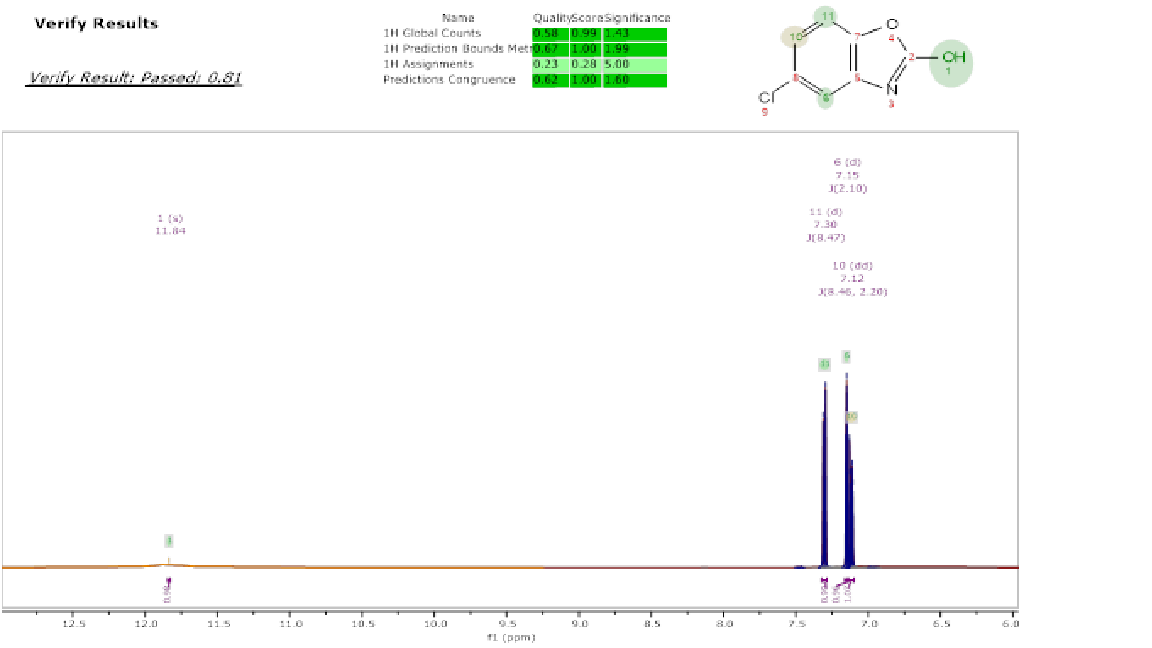Automation for everyone
Agreeing in principle that there are benefits to data automation is one thing, yet in practice, changing standard processes to implement such automations can be a much more complicated decision to make, especially when lacking the internal expertise to take care of such changes.
If you manipulate spectroscopic data, you already know that Mnova has some great algorithms for processing and extracting knowledge from for you. But did you know you can also automate processing, knowledge extraction, and reporting without the need to drive each step manually, and make your life easier and more productive? Whether you want to carry out a sequence of operations on your currently open dataset or want the computer to automatically do these things when a dataset is created, Mnova has a solution to this that you can easily implement, whether you have good IT skills or not.

Scripting - for those who know
Mnova offers a full scripting environment, including debugging. This environment exposes high-level objects such as spectra, chromatograms, multiplets, peaks, and much, much more. Anything you can do in Mnova, you can automate in a script. Whether it be performing multiplet analysis and exporting multiplet reports or integrating defined regions of your spectra and exporting the resultant data to a csv file, scripting can make that happen. In fact, you’re pretty much on limited only by your imagination in what you can achieve!
To help you with this, we have put a rich library of extensions at your disposal to write your own scripts and run them with Mnova.
Not into scripting?
There may already be a solution to your needs. Mgears – the Mnova automation engine - allows you to create a workflow using components (or “Bricks”) that wrap up complex operations into configurable units. For example, you can automate performing a structural verification, an automatic assignment of your 1D NMR, and generate a report automatically, at the press of a button:

Gears operations can be carried out on the currently open dataset using MyGears, or can be fully automated, finding and grouping data from a filesystem, or reacting whenever a new dataset is available. In other words, inputs can be configured in many different ways and can be set up to identify particular datasets with great flexibility.
There are already a large number of “Bricks” you can use to perform different individual tasks, with many more on the way. All you need to do is pick and choose the brick that fits your needs. Independently of the brick you choose, you’ll get an intuitive, easy to learn and use interface that will allow you to configure your automations and save workflows with just a few clicks. These solutions are within the reach of anyone and do not require extensive IT expertise.
Take the best of both worlds
If you feel comfortable with the scripting, and you want to have the best of both worlds, you can make your own “Brick” and have Mgears automate its operation! You can also use such simple scripts to integrate Mgears with your other IT infrastructure. For example, a script could call a company web service to retrieve a structure, but Mgears can take care of all other aspects of automation.

In summary, today’s tools have made automating analytical data processes more achievable for those who decide to go down that road. Whether it’s a simple workflow automation or a more complex enterprise level automation, the benefits in terms of time, costs, and quality are usually compelling.
Almost anything that you can think of automating, Mnova will support with one of its tools. Check out the list of existing “Bricks”
to see if there is one there that can deal with your task already. If you’ve got something new to do, have a word with us and we may be able to help.
---
This article is the second in our four-parts series on data workflows automation and integration. If this topic is of interest to you, stay tuned for more content in the upcoming months!
Check our first post:
The lab of the future is already here … It’s time to ACT
This article is the second one of a four-part series. Check it out!



